5. The Vengeance Trilogy
Sympathy For Mr. Vengeance; Oldboy; Lady Vengeance
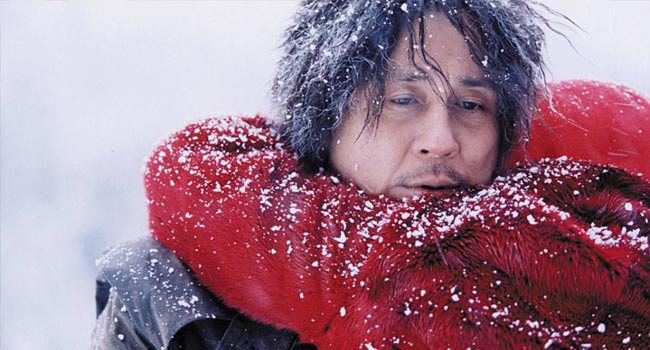
Revenge is a dish best served cold, but the Koreans might disagree. Park Chan-wook’s first film in this non-traditional trilogy suggests that vengeance is a dish best not served at all, since it can lead to the death of everyone who is involved.
The second one sees a more elaborate plan of revenge backfire in a similar fashion, with even worse consequences than the first film. And the third one, while carrying a happy-ish ending, shows an uncomfortable amount of blood spilled along the way and makes it clear that this vengeance thing is hard. However, these cleverly plotted thrillers are a worthy addition to this list, proving that South Korean cinema is delivering some interesting films right now.
“Lady Vengeance” is the weakest of them all, lacking the perfect plotting of the other two and spending more time on eye makeup.
4. The Dollars Trilogy
A Fistful of Dollars; For a Few Dollars More; The Good, the Bad and the Ugly
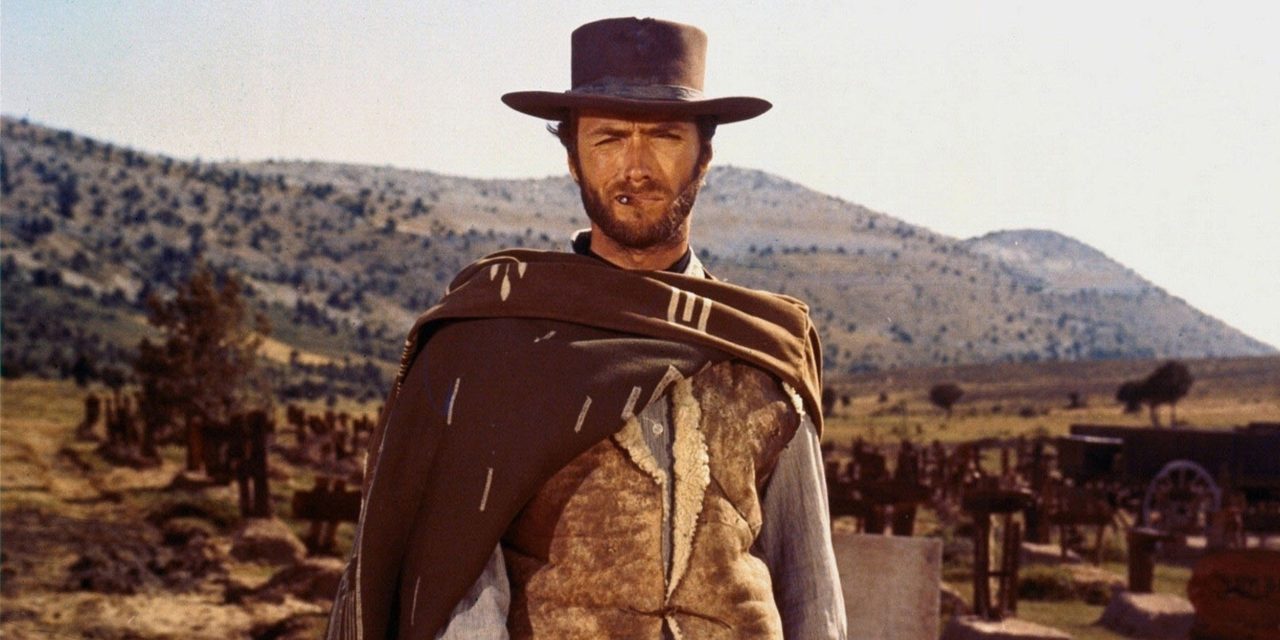
Sergio Leone didn’t intend to make a trilogy with his Clint Eastwood westerns, but what is now retroactively known as the Dollars Trilogy is the epitome of the Spaghetti Western subgenre.
The trio began with “A Fistful of Dollars,” which is essentially a remake of Akira Kurosawa’s “Yojimbo.” Even the production company Toho successfully sued Leone. The follow-up “For a Few Dollars More” delivered some classic Old West action, but the final installment “The Good, the Bad and the Ugly” is what gave these movies their legendary status.
Leone’s interpretation of the western is now pop culture. The long and silent Mexican standoffs, filled with extreme close-ups on eyes (the Leone shot), is a staple of the subgenre.
Beyond Leone’s direction and Eastwood’s portrayal of “the Man with No Name,” it is Ennio Morricone’s music for the movies that stays firmly in the collective conscience. The main theme to “The Good, the Bad and the Ugly” is among the greatest pieces of music ever composed for cinema. His tunes are synonymous with the concept of the Old West itself.
3. Three Colours Trilogy
Three Colours: Blue; Three Colours: White; Three Colours: Red
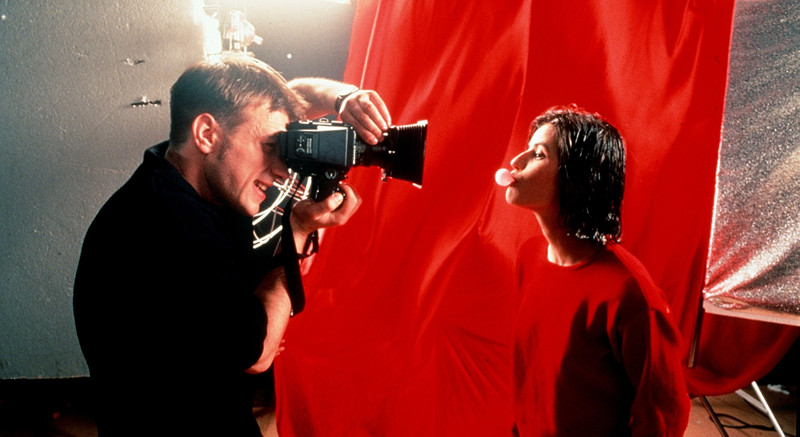
Krzysztof Kieslowski’s trilogy based on the French tricolor was intellectually challenging, satisfying, and cinematically ambitious. “Blue” stars Juliette Binoche as a grief-stricken wife and follows her attempts to free herself from her misery. “White” follows the funny adventures of a divorced husband, trying to get even with his ruthless wife, played by Julie Delpy. “Red” returns to the serious pace of “Blue” with a friendship between a retired judge and a model who is the ever-so-wonderful Irene Jacob.
Characters criss-cross through the films, which are united by stunningly visual filmmaking and a controlled colour palette, Zbigniew Preisner’s film score, and a very rare thing: three great parts for incredibly talented actresses.
For a close-up of Binoche letting a sugar cube soak up her coffee, Kieslowski demanded the shot last five seconds so he had his assistant director test multiple brands of sugar cubes until he found the right one. That’s well-planned filmmaking.
2. Trilogy of the Dead
Night of the Living Dead; Dawn of the Dead; Day of the Dead
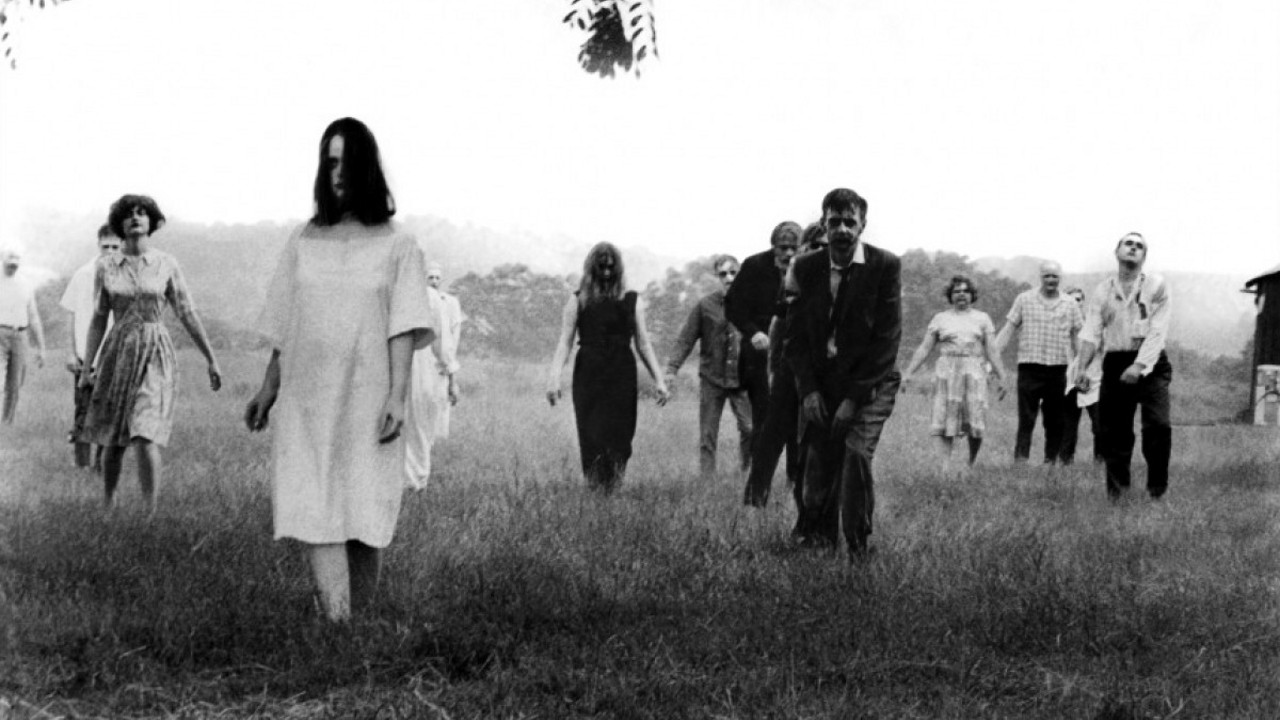
Anyone who has read one of my lists knows that I am a huge fan of George A. Romero. I embrace it and share it with the world. I think that he is a genius for all ages. That being said, even if I weren’t such a big fan, I would say that his trilogy of the dead is one of the greatest trios ever made. Why? Easy. It is critical, beautiful, important filmmaking.
Romero unleashed a plague upon the world. Before his 1968 film, there was essentially no such thing as a zombie – certainly nothing in the mainstream, no survival guides, AMC shows, and adaptations of the works of Jane Austen. But such was the power of the low-budget “Night of the Living Dead” and its equally satirical sequels. The zombie became the cultural powerhouse we all know and love.
While the three other zombie follow-ups Romero made later received mixed receptions, there’s no question that the original three will eat their way into our brain and stay there forever.
1. The Faith Trilogy
Through a Glass Darkly; Winter Light; The Silence
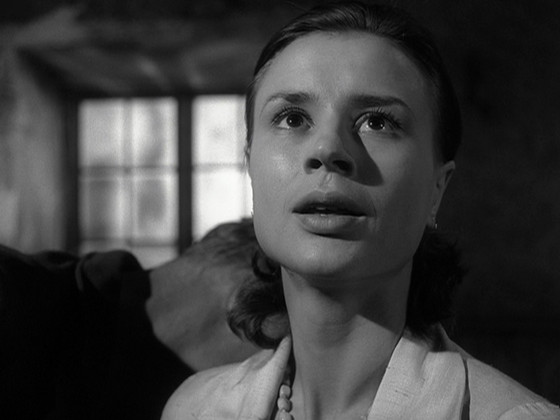
Alfred Hitchcock and Ingmar Bergman are my favorite directors of all time. So I can’t be partial here. I believe that every film by Bergman is a masterpiece. But his trilogy… it is phenomenal.
This early 1960’s trio contains exquisite chamber pieces built around the themes of sanity, madness, and the wavering of religious faith, earning the right to be called a trilogy. “Through a Glass Darkly” sees a family’s descent into madness on a remote island. It won the Oscar for Best Foreign Language Film, by the way. “Winter Light” shows a pastor in a spiritual meltdown and may be the grimmest Bergman film.
That’s quite a feat on its own! “The Silence” has all the arthouse hallmarks. It was a surprise hit due to its explicit scenes. Each movie comes with strange settings, minimal dialogue, amazing Sven Nykvist photography, and incredible performances from his usual suspects. If you don’t want to get depressed, you’d better stick with the “Back to the Future” trilogy.
When Kabi Laretei saw “Winter Light” for the first time, she said, “Ingmar, it’s a masterpiece. But it’s a dreary masterpiece.” How true! Bergman himself said, “These three films deal with reduction. ‘Through a Glass Darkly’ – conquered certainty. ‘Winter Light’ – penetrated certainty. ‘The Silence’ – God’s silence – the negative imprint. Therefore, they constitute a trilogy.”